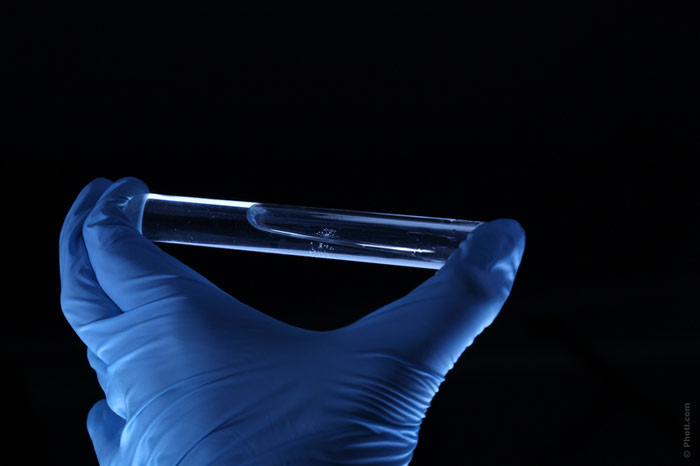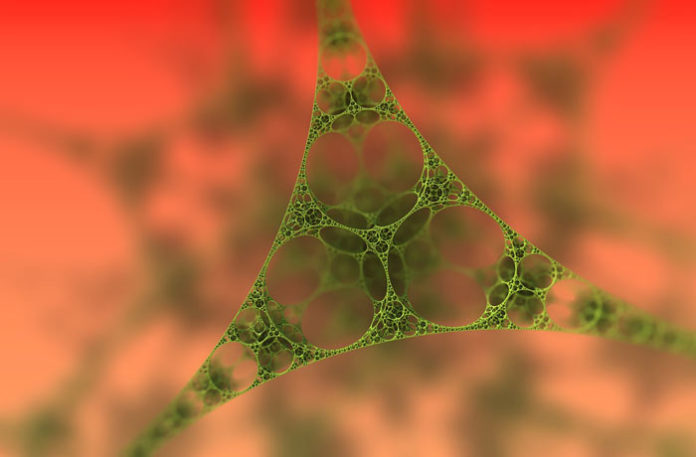Cannabis has changed a lot since the 1960s, the last time it made a splash in society’s mainstream. Not only has the non-psychoactive side of the plant emerged as manufacturers look to give patients a way to enjoy therapeutic relief from cannabis without affecting the mind with psychoactive effects, but many of the industry’s pioneers are now also discussing nanotechnology. But what is nanotechnology and what benefits could it have for the CBD and cannabis industries.
In this post, we’ll discuss why CBD is now one of the go-to products in the alternative health market, and why nanotechnology could help to bring customer costs down and make medicating more efficient.
Interest rises for CBD
Cannabidiol (CBD) is an unusual chemical from the cannabis plant which is classed, along with 112 other identified compounds, as a cannabinoid. Cannabinoids are a relatively new discovery for medical science, and our understanding of how they interact in the body did not substantially improve until the endocannabinoid system was found. Since this breakthrough in the early 1990s, we have learned more about endocannabinoids, lipid-based neurotransmitters that bind with cannabinoid receptors to regulate our physical and mental health by making subtle changes.
However, the body doesn’t always function optimally, and when our natural resources are unable to manage a problem, external assistance in the form of medication is required. While prescription drugs containing synthetic chemicals made by pharmaceutical companies are commonplace in many parts of the world, there is still a big market for plant-based treatments, and given the logic behind CBD, it’s clear to see why.
In a nutshell, CBD helps to repair the endocannabinoid system when chemical imbalance – which can lead to more complex health problems – occurs. There are a few ways that CBD pulls this off.
If somebody is suffering from a constant low mood and depressive episodes, this could be due to a deficiency in anandamide. CBD is sometimes used to manage depression, because of its mood-boosting properties. These are technically derived from the cannabinoid’s inhibition of fatty acid amide hydrolase (FAAH), an enzyme that normally breaks anandamide down rapidly. Shutting off FAAH allows more anandamide to remain in the body, where it can enhance mood by binding with CB1 receptors.
CBD is widely touted as a treatment for inflammation, and for good reason – CB2 receptors provide good access to the immune system, where inflammation is controlled. Studies have found that endocannabinoids have the power to regulate inflammation, which in theory stops the immune system from going into overdrive. However, if the body isn’t making enough endocannabinoids, then it is unable to do this, hence why autoimmune disorders can worsen, and inflammatory conditions can arise.
CBD works to correct any endocannabinoid deficiencies, and the anti-inflammatory properties of the cannabinoid can be seen internally (with irritable bowel syndrome, arthritis etc.) and externally (skin disorders like acne).
Now that we’ve established the benefits of CBD, and the mechanisms used to treat symptoms of a couple of ailments, let’s turn our attention to nanotechnology.
What is nanotechnology?
Nanotechnology sounds futuristic and it promises to transform the cannabis industry, by increasing the medicinal value of therapeutic cannabinoids, including CBD. Because CBD molecules, the body cannot absorb them easily, and not all of the cannabinoids taken into the body – whatever the consumption method – become active in the endocannabinoid system. However, nanotechnology could solve this problem, by breaking down CBD molecules and making them water soluble. At present, vaping CBD e-liquid and vape oil offers the highest CBD bioavailability and fastest reaction times.
Interest in nanotechnology for CBD products is growing, and some companies are already claiming to incorporate this sort of tech into their products. Indeed, many CBD water products have embraced nanotechnology. Not only does using nanotechnology on CBD increase the bioavailability of the compound, but it helps it to be more evenly spread around the body and it can even reduce the time it takes for cannabinoids to become active. Not to mention, there is also the potential for CBD companies to increase profits by using nanotechnology, as less is needed for the same effect.

Most of the important scientific discoveries about cannabis have come from Israel and the work of Dr. Raphael Mechoulam and his colleagues. They not only isolated and defined the chemical structures of CBD and THC but came across anandamide and the endocannabinoid system in 1992.
Finding anandamide proved to Mechoulam what he had perhaps expected – that the body contains a natural, endogenous “cannabinoid” similar to what is found exclusively in cannabis. That cannabis itself contains a compound that can work directly with our bodies should dispel the need for “synthetic” cannabinoids made by pharmaceutical companies, who are seeking to capitalize financially from the benefits of cannabis-derived medication.
Real technological progress can be made on cannabis by focussing on nanotechnology. Unfortunately, CBD isn’t water-soluble and therefore must be taken in large doses and in a carrier oil to produce significant benefits for the person taking it. But this can make CBD expensive for regular users.
Nanotechnology changes how CBD works in our body, and how it passes through cells. In layman’s terms, nanotechnology makes it easier for CBD to get where it needs to be, because the molecules are smaller. This increases the total amount of CBD that reaches the endocannabinoid system. Studies have shown that when CBD does not successfully penetrate cell walls, it ends up in the urinary system where it is removed from the body. Nanotechnology breaks down CBD molecules to around 60 nanometres wide, where they are more absorbable.
Final thoughts
Nanotechnology is still very much in its infancy, and we have a long way to go before this sort of tech can be used for all CBD products, but we are starting to get an idea of the possibilities. Since making CBD water soluble would be a critical advancement, we will likely see manufacturers pour more financial resources into making nanotechnology a practical reality. But until then, CBD edibles and other types of CBD innovation will keep us satisfied!







